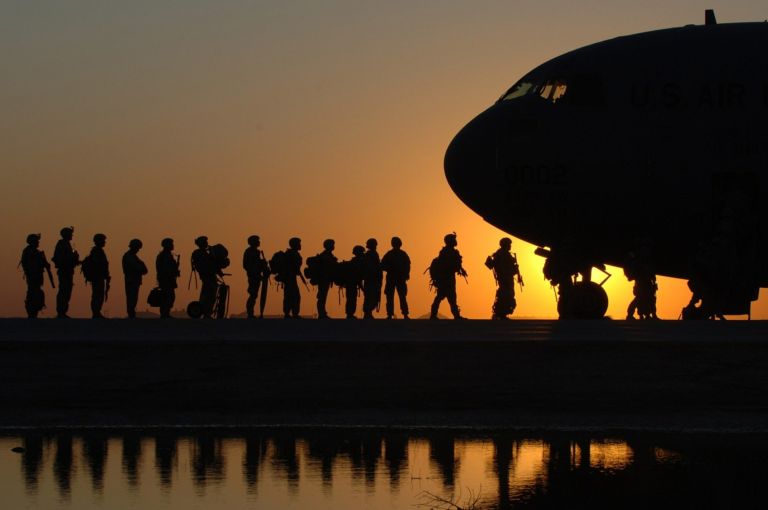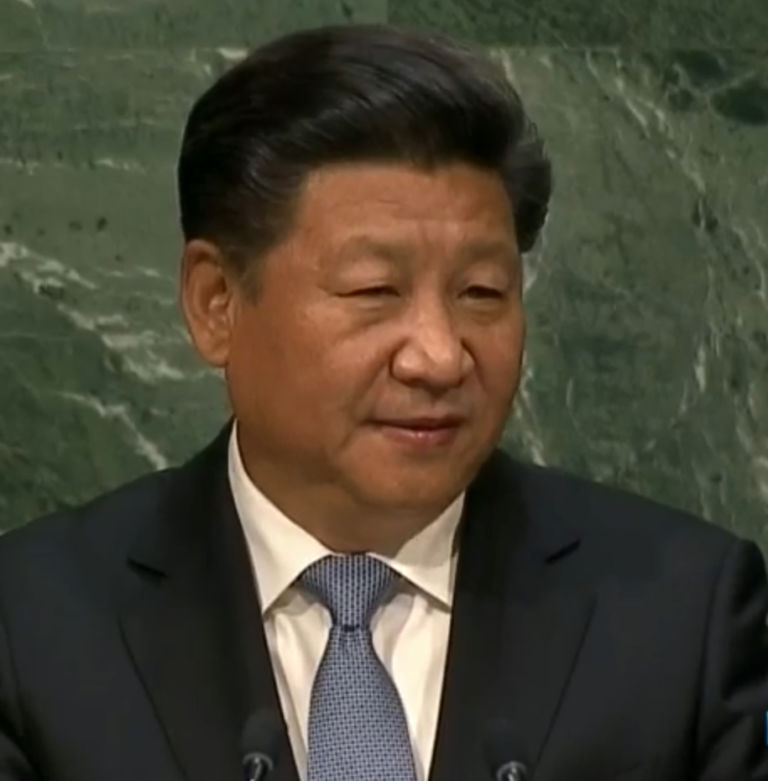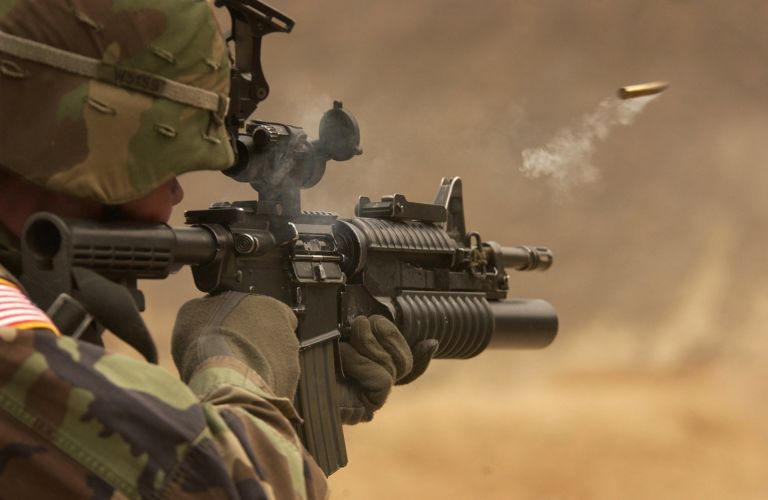Jacqueline Klimas of the Washington Examiner recommends looking at the Pentagon’s budget priorities if you want to see what’s really threatening the United States in the years ahead.
Fifteen years ago, on the eve of the worst terrorist attacks in American history, defense budgeters weren’t thinking about roadside bombs, the security of American online networks or paying for drone strikes.
The biggest issue was “transformation,” a peacetime initiative to evolve how the Defense Department organizes itself and prepares to fight as-yet-unidentified future enemies.
Now, after two extended wars in the Middle East that are still going on, new realities have forced the Pentagon to change drastically what it spends money on. That includes budget categories that didn’t even exist 15 years ago on 9/11.
Almost $2 billion of the administration’s fiscal 2017 request is for those new categories, according to Mike Cadenazzi, solutions general manager of VisualDoD at McKinsey.
The money is for ballistic missile defense tests and operations, tactical systems and sensors, and rapid technology transition. Spending on ballistic missile defense terminals increased by more than 300 percent, more than all but seven other defense categories. While money was certainly spent on ballistic missile defense prior to fiscal 2001, and shows up in other pieces of the program, Cadenazzi said these changes represent new budget categories for pieces of that program that didn’t exist at the time of the terrorist attacks.
Justin Johnson, an analyst at the Heritage Foundation, said this reflects changes in the threats America now faces.
“I think again that matches the evolution of the threat,” he said. “We’re much more worried today about long-range missiles from Iran or North Korea than we were in 2001, and we’ve been investing against that threat over time.”


